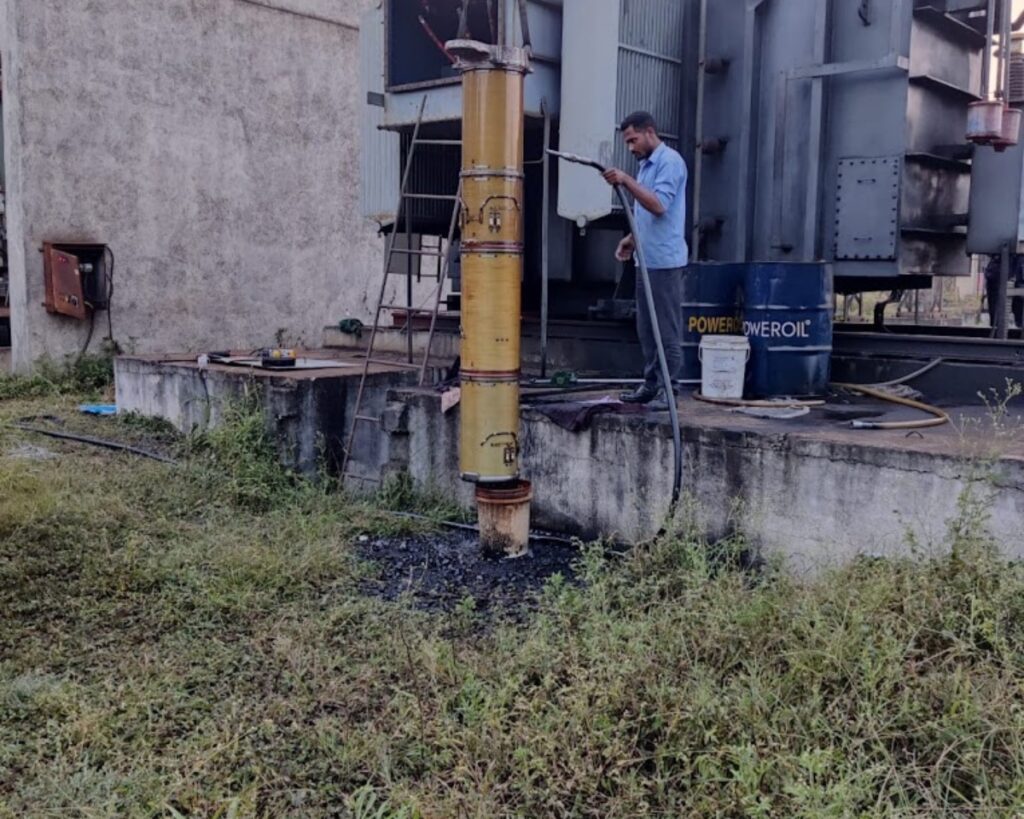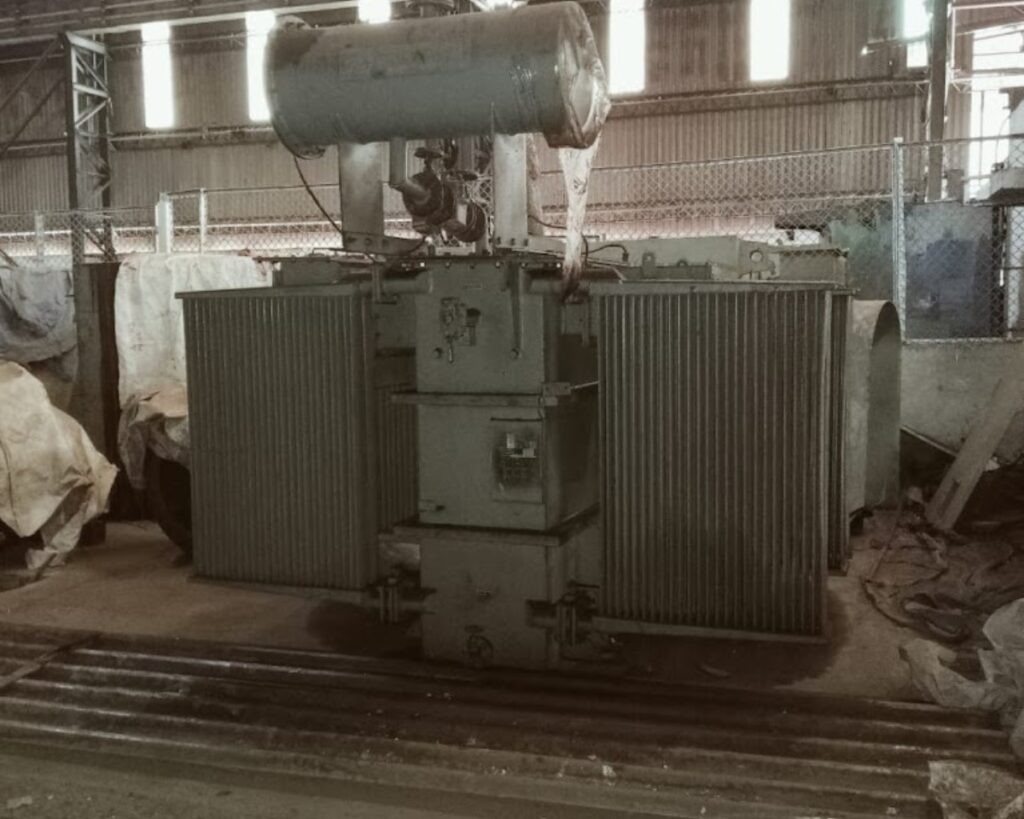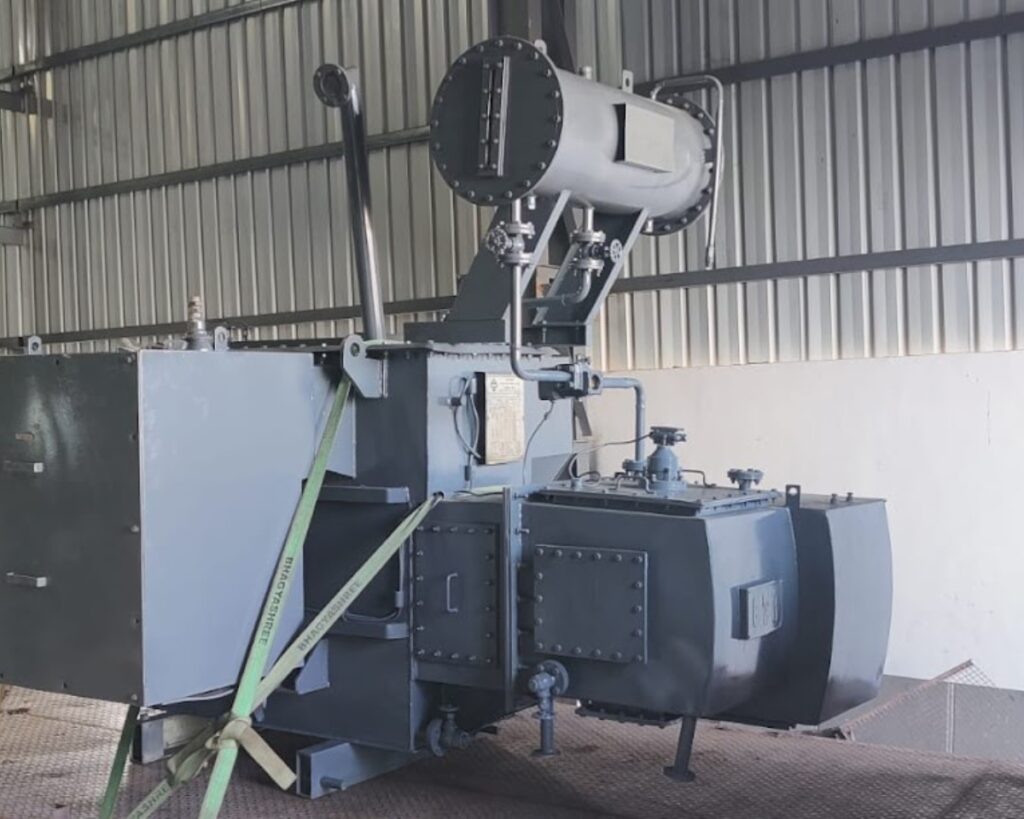OLTC Servicing

Electrical Field Tests
OLTC Servicing incorporates current exciting tests that can detect various transformer tap switching problems (DETC and OLTC), such as misunderstandings, cooking and aging of contacts, loose contacts, improper wiring from the tap to OLTC, reversal OLOT autotransformer block (PA) for OLTC, open or short rotation or solid connection to OLTC PA, autotransformer series or series transformer, and more.
An OLTC modifies the ratio of a transformer while it is powered. The switching principle utilizes the notion of “make before break” contacts. Before disconnecting the load pump, the neighboring tap is tied to transfer the weight from one tap to another without stopping or significantly changing the current volume.
While you are in a position to close a bridge (i.e., where there is contact between two taps), some type of block (resistant or active) exists to limit the current rotation.
The active version of OLTC uses a reactor built for continuous loadings, such as a blocking autotransformer, and uses the bridge area as a service area.
There are two basic designs for OLTC. For high voltage and power, the diverter design includes both a pump selector and a separate diverter switch (also called an arcing switch). Switching arc can occur in oil or inside the vacuum bottle.
For low power measurements, the fixed design uses a selector switch (also known as an arcing tap switch) that integrates the role of the switch and the selector switch.
.
DC Winding Resistance Test
DC curve resistance is used to detect any problem that threatens the current carrying channel between the rotating terminals, including the switch. It is very effective at recognizing partial open-circuit circumstances during OLTC Servicing.
Dynamic winding resistance is a measure of DC and resistance (as a time function) when the OLTC pump position varies. It is especially useful in diagnosing problems with diverter switch, diverter switch contacts, and OLTC counter style change resistors. In general, the test evaluates the integrity of every component that generates, transports, or interrupts current during OLTC servicing.
In the sweep frequency response (SFRA) analysis, the mechanical integrity of the transformer taps windows and their tracks are tested within the high-frequency regions of the FRA test.


Oil Testing
At the time of OLTC Servicing, DGA, the typical gas-generating patterns (made as to the insulating material collapses) vary from family to OLTC (formed as protective materials deteriorate). DGA on oil samples from OLTC is a useful way to diagnose problems such as excessive local heating or overheating, which will result in deviations from the normal emissions of OLTC emissions (e.g., hydrocarbon gas conversion rate).
Ensures that the dielectric breakdown voltage of oil in the OLTC exceeds the pre-determined minimum. This is affected by the oil filling associated with the oil and the presence of conductive particles (number and size).
This is a fluid test in the tap switch, which reduces the dielectric cracking of the oil and accelerates the decay.
CTR OLTC services include other infrared tests that detect temperature differences between the main transformer tank and the pump component; it is not uncommon for a tap area to be hotter or hotter than a large tank. OLTC Servicing also includes the Acoustics test and Inspection test.
We are the best OLTC Servicing in Pune. All our customers are satisfied with the services we have given. Contact us if you need OLTC Servicing.
